Fash-E :windmilloffriendship: on Nostr: For the 23rd Day of White History Month we celebrate the dawn of White Supremacy with ...
For the 23rd Day of White History Month we celebrate the dawn of White Supremacy with the Age of Exploration, conquest of the New World, the Renaissance of arts, culture, and science which lead to the Scientific Revolution and it's subsequent Industrial Revolution. It is in this period of history that the White race truly left the rest of the world behind, accomplishing things other races could have never possibly dreamt of. These world building accomplishments were made possible only by the combination of creativity, genius and spiritual will present only in the White race.
In 1469, Isabella of Castile married Ferdinand of Aragon, ruling together over a unified Spain. The first King and Queen of Spain ended the Reconquista by kicking the moors out of their last stronghold in Granada by 1492. That year they signed the Alhambra Decree, a law that stated sin was passed through the blood. This quasi-racial law allowed the Spaniards to cleanse their country of the jews and moors who had converted. Only pure-blooded Visigoths, dubbed blue-bloods for the visible arteries on their wrist, were allowed to remain in Spain. They began the Spanish Inquisition to finally expel these aliens. After over 700 years of occupation, the Visigoths were free to follow their own destiny. They entered a period known as the Spanish Renaissance.
Seeking to expand their trade to the tropical regions of the world, the Spanish along with the Portuguese were the first set sail in exploration of the world's oceans. Their goal was to bypass the rival Ottoman Empire which controlled Eurasian trade on land from it's central position. Portugal sent Vasco da Gama South and East to be the first man to circumnavigate Africa and arrive in India, where he became Viceroy of Portuguese India. Isabella and Ferdinand commissioned the Genoese sailor Christopher Columbus to sail west hoping to circumnavigate the globe and arrive in Asia. Instead between 1492 and 1504 Christopher discovered the New World, two colossal continents inhabited by only 2 tribal states, the Aztec and Inca Empires. In 1519–22 Ferdinand Magellan, would be the first explorer to circumnavigate the globe.
The Florentine explorer Amerigo Vespucci also explored the new world at this time, commissioned by first Spain then Portugal, he discovered Brazil, which he dubbed "The New World." His name would later become the namesake of these continents, the Americas. Not to be outdone, France and England also commissioned great explorers to chart these new lands, sending Jacques Cartier and John Cabot respectively to be the first Europeans to land in North America since Leif Erikson. The race for control over these great continents had begun.

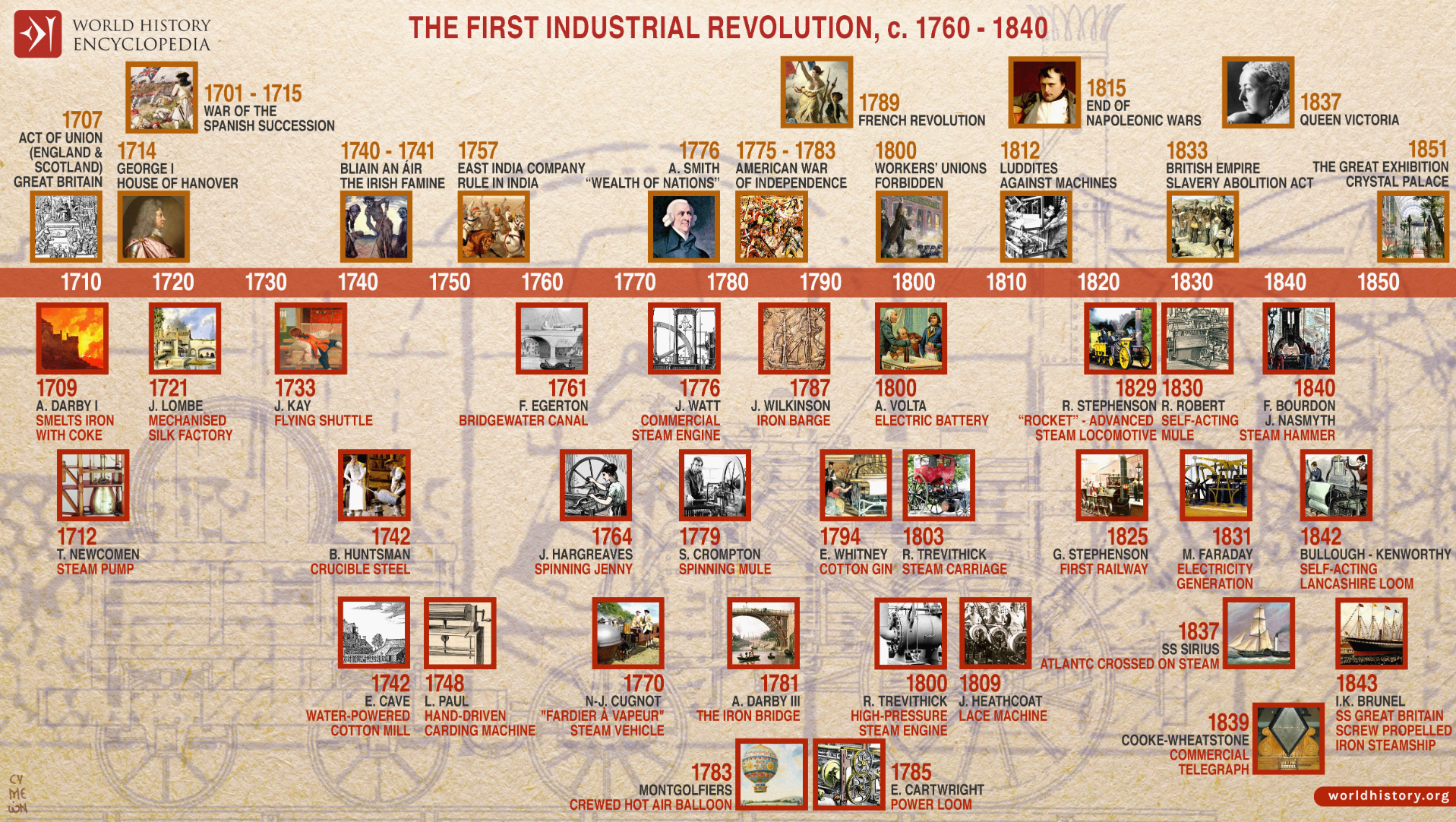
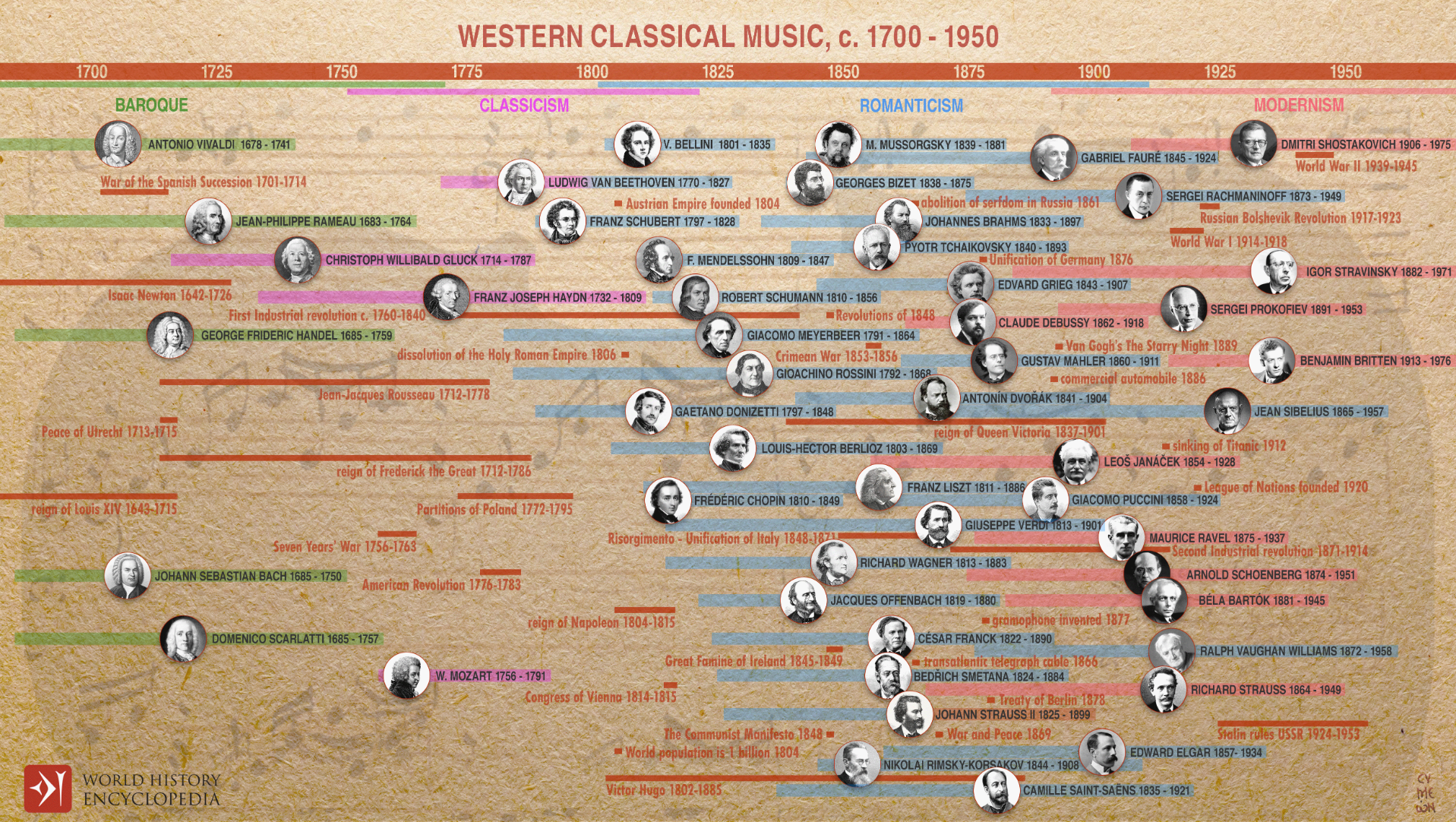
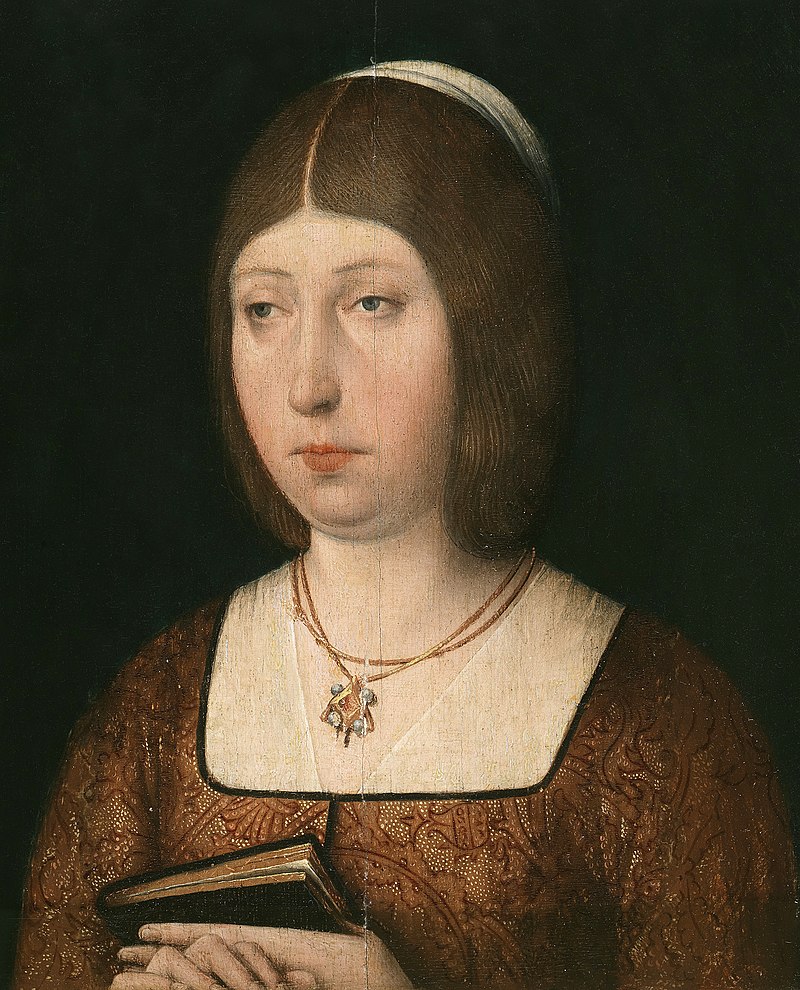
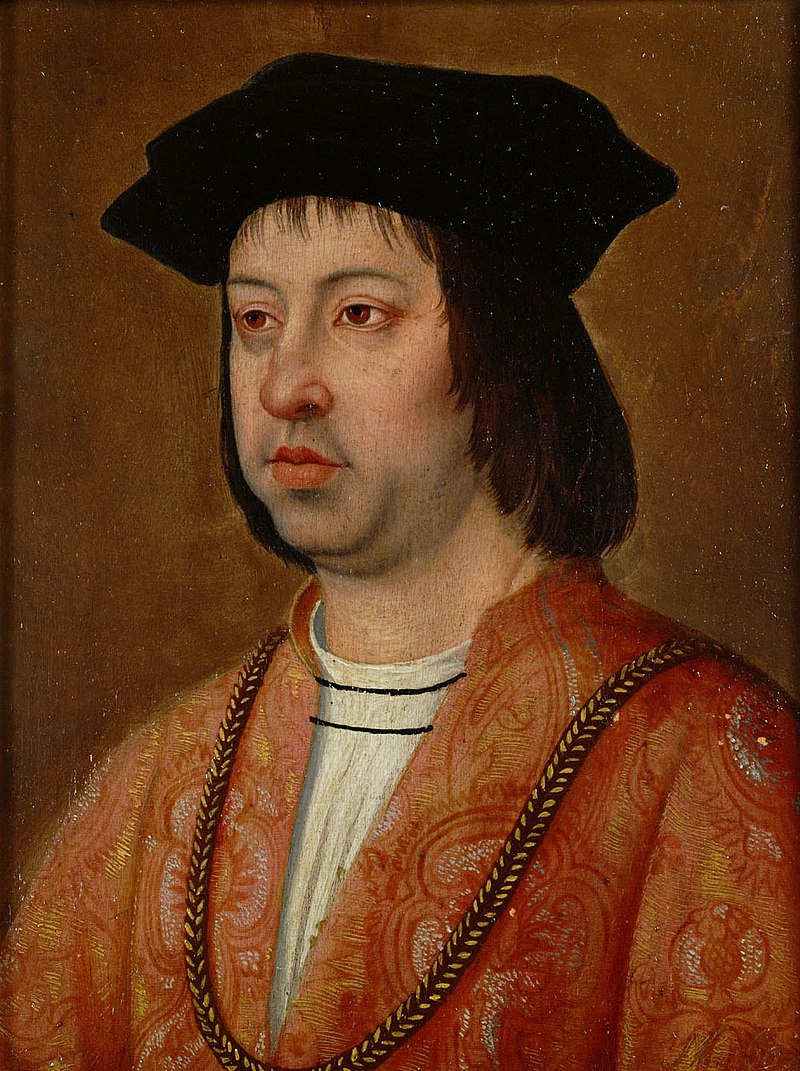
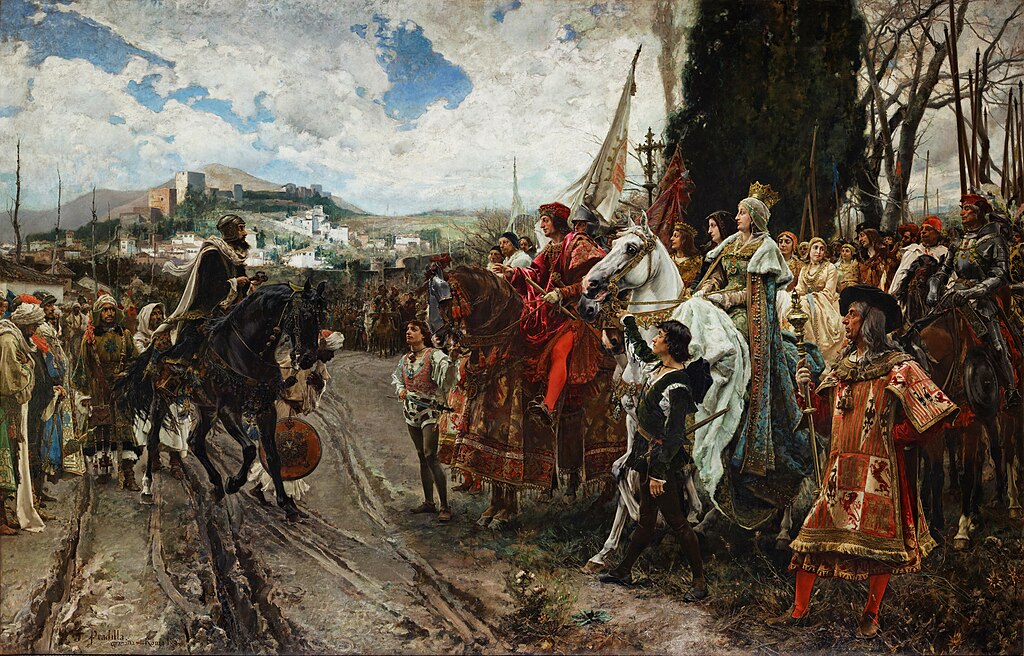
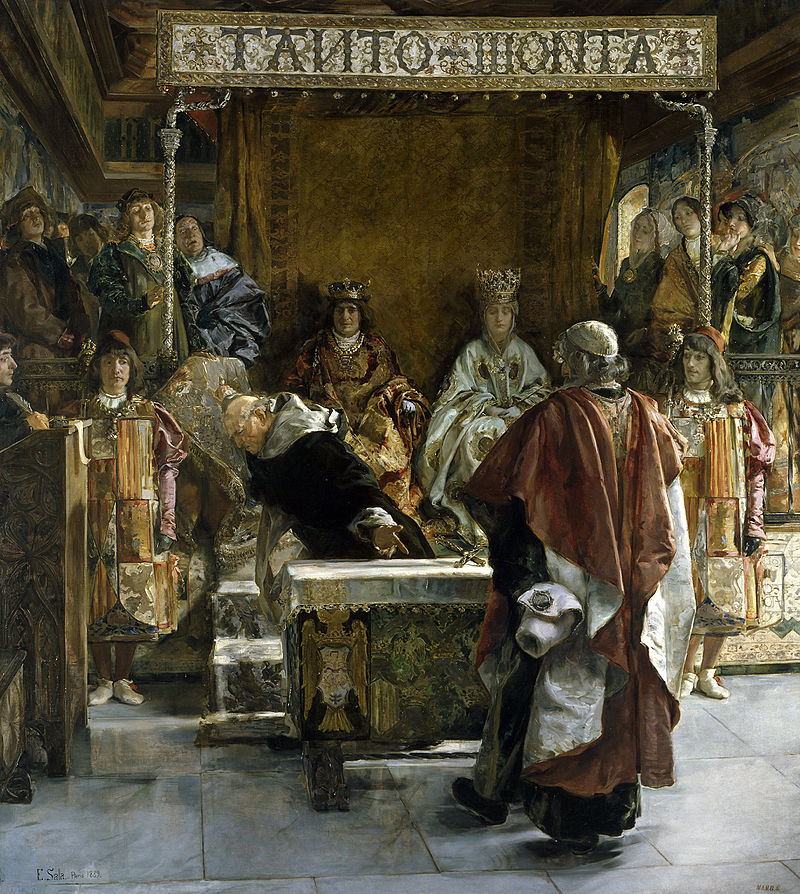



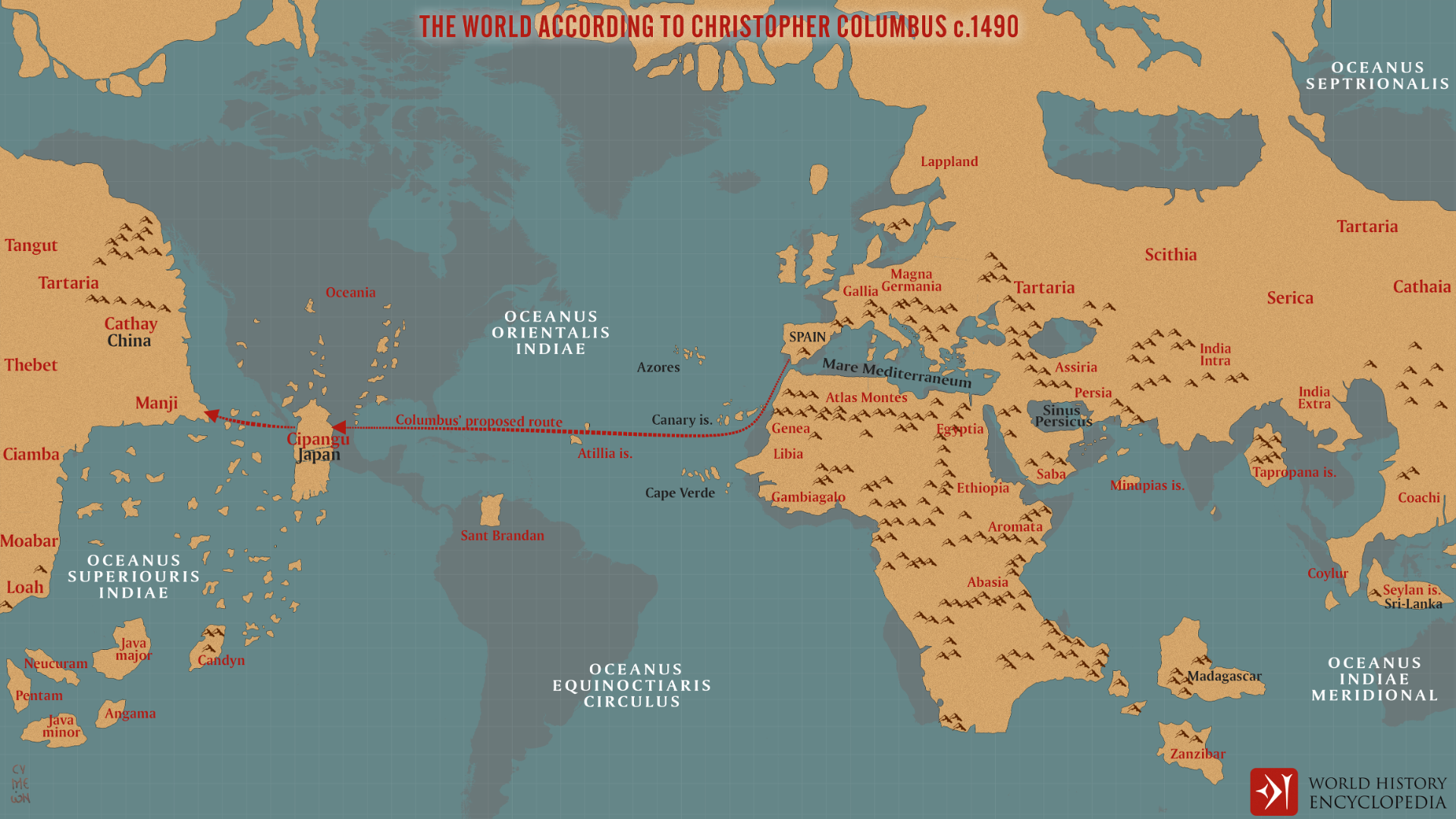
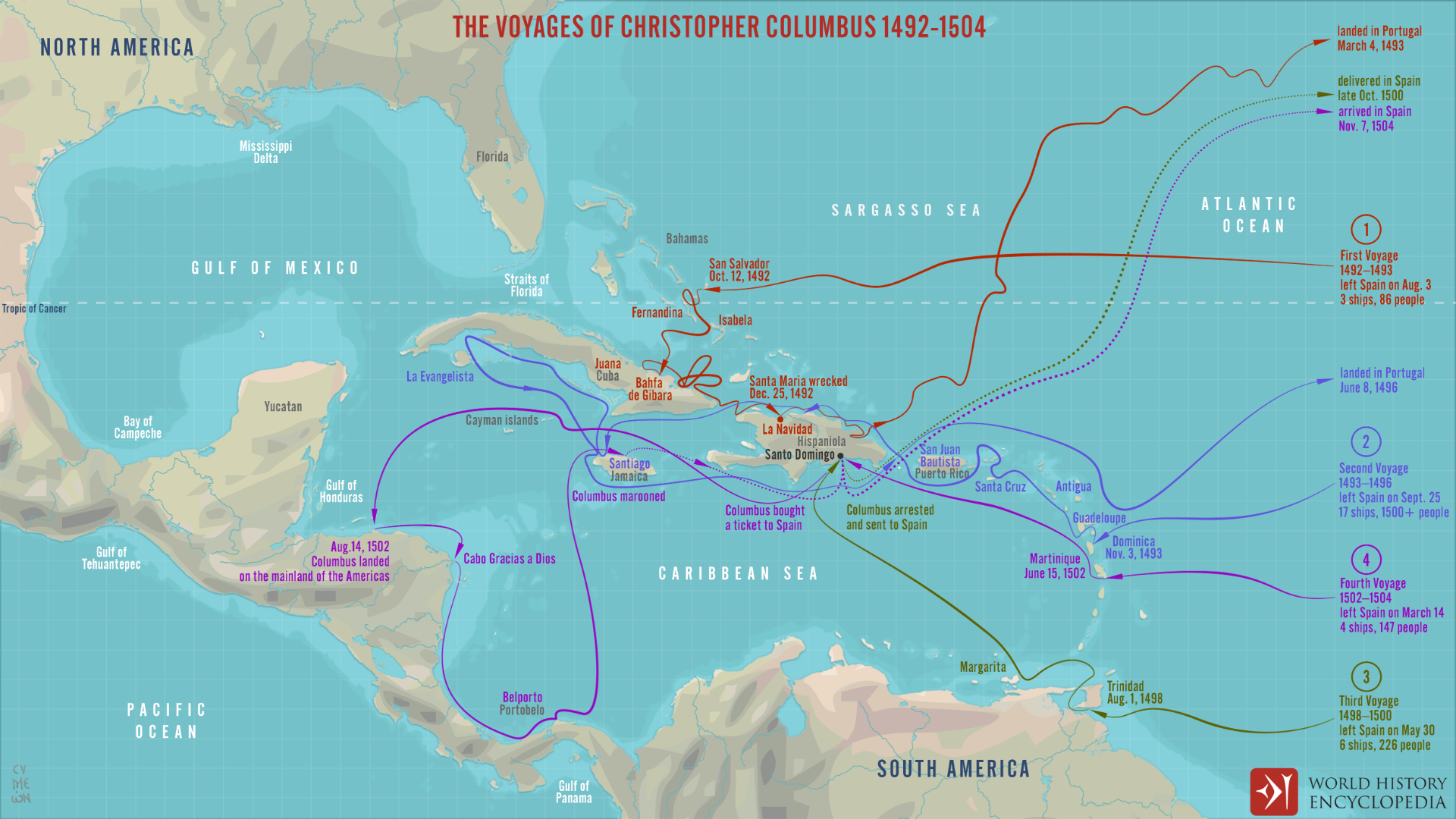

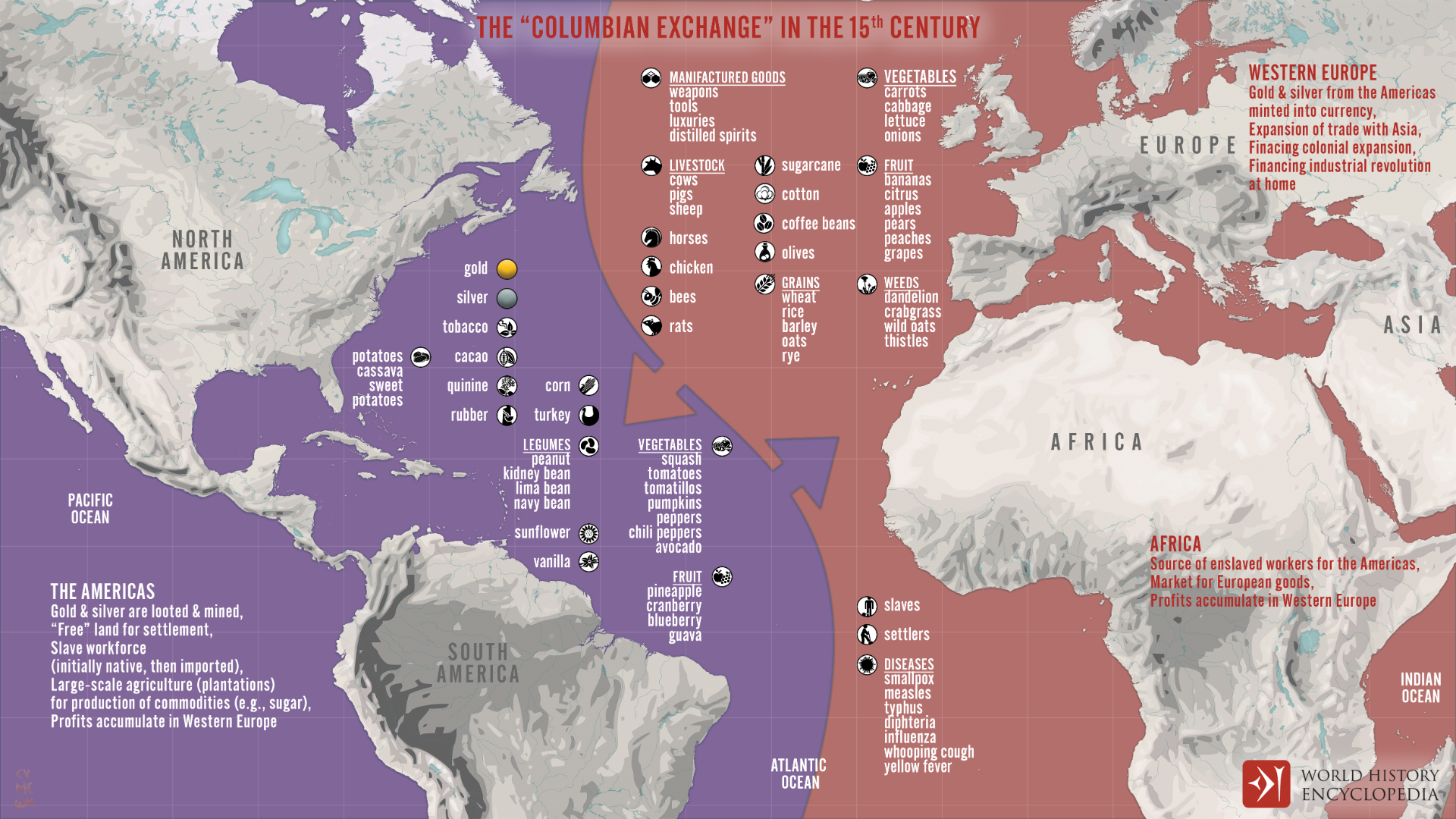
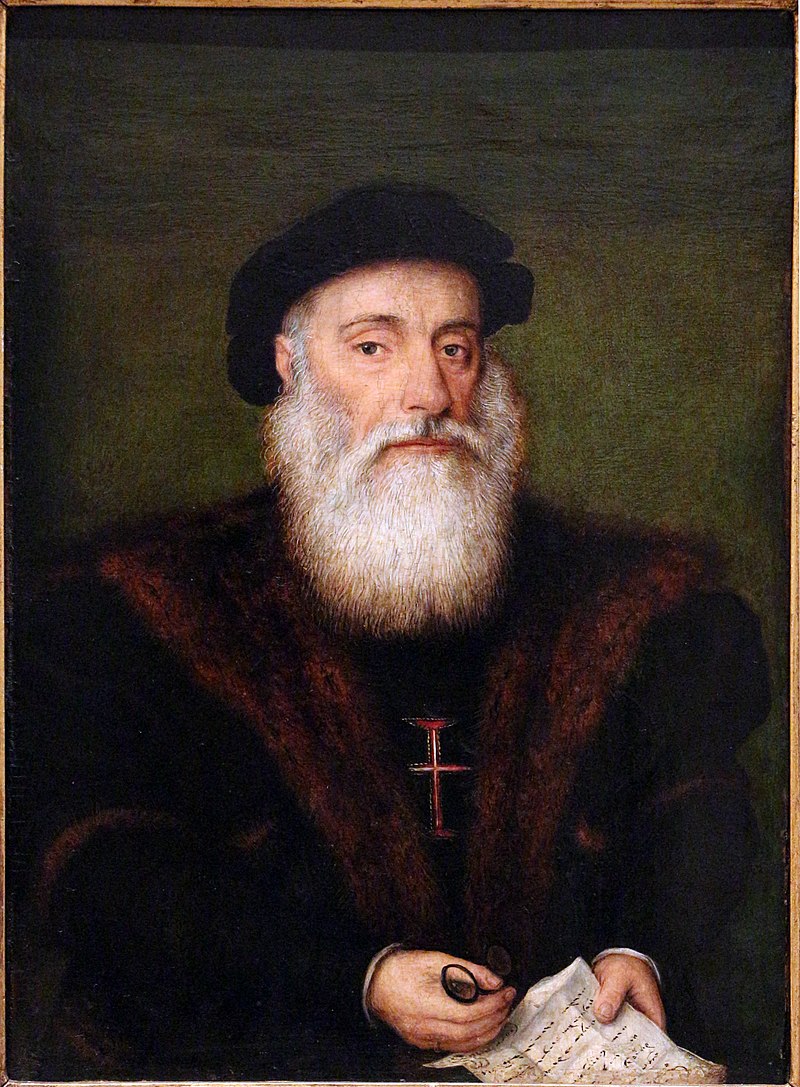
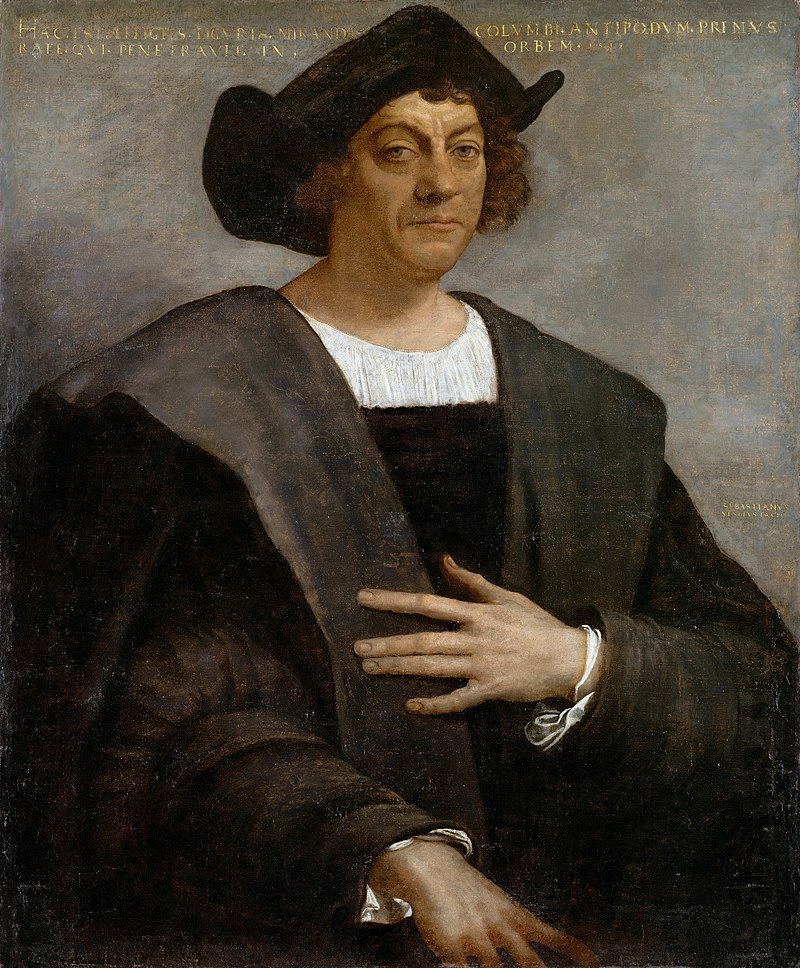
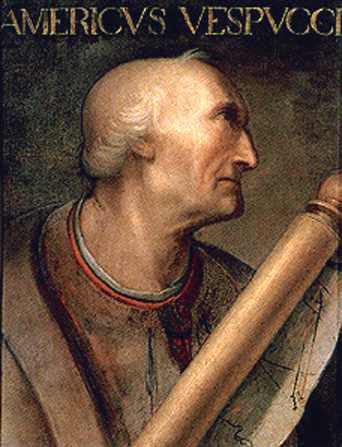

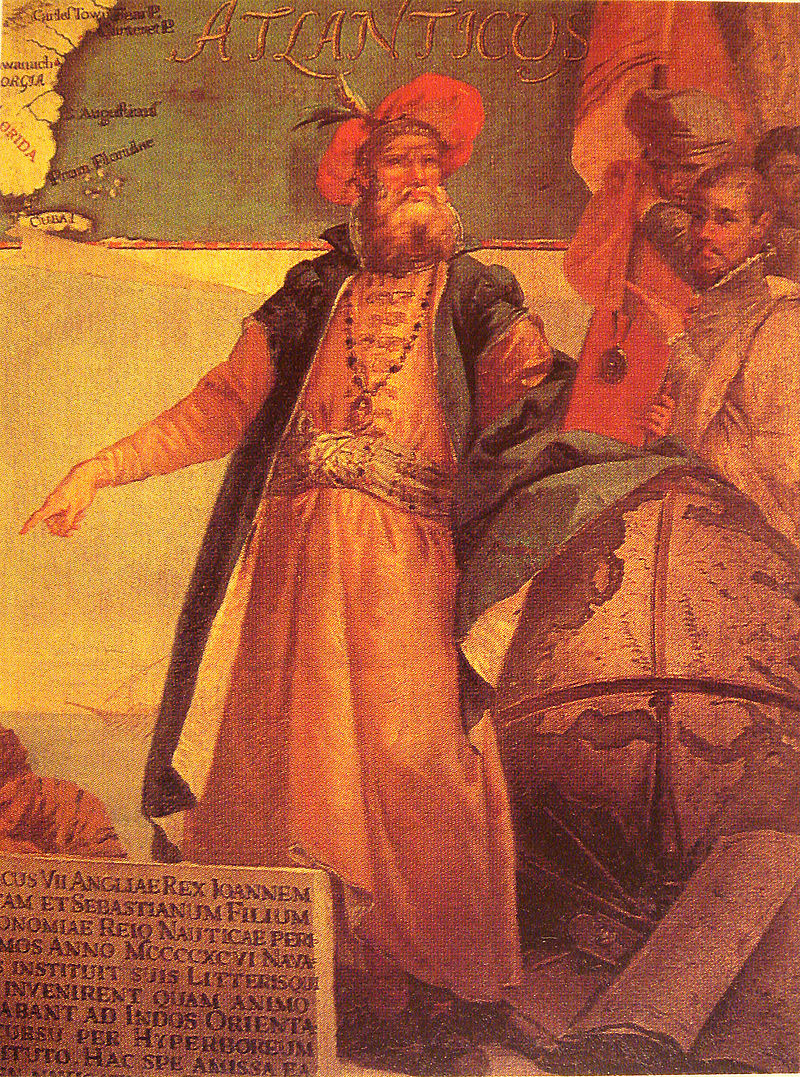
In 1469, Isabella of Castile married Ferdinand of Aragon, ruling together over a unified Spain. The first King and Queen of Spain ended the Reconquista by kicking the moors out of their last stronghold in Granada by 1492. That year they signed the Alhambra Decree, a law that stated sin was passed through the blood. This quasi-racial law allowed the Spaniards to cleanse their country of the jews and moors who had converted. Only pure-blooded Visigoths, dubbed blue-bloods for the visible arteries on their wrist, were allowed to remain in Spain. They began the Spanish Inquisition to finally expel these aliens. After over 700 years of occupation, the Visigoths were free to follow their own destiny. They entered a period known as the Spanish Renaissance.
Seeking to expand their trade to the tropical regions of the world, the Spanish along with the Portuguese were the first set sail in exploration of the world's oceans. Their goal was to bypass the rival Ottoman Empire which controlled Eurasian trade on land from it's central position. Portugal sent Vasco da Gama South and East to be the first man to circumnavigate Africa and arrive in India, where he became Viceroy of Portuguese India. Isabella and Ferdinand commissioned the Genoese sailor Christopher Columbus to sail west hoping to circumnavigate the globe and arrive in Asia. Instead between 1492 and 1504 Christopher discovered the New World, two colossal continents inhabited by only 2 tribal states, the Aztec and Inca Empires. In 1519–22 Ferdinand Magellan, would be the first explorer to circumnavigate the globe.
The Florentine explorer Amerigo Vespucci also explored the new world at this time, commissioned by first Spain then Portugal, he discovered Brazil, which he dubbed "The New World." His name would later become the namesake of these continents, the Americas. Not to be outdone, France and England also commissioned great explorers to chart these new lands, sending Jacques Cartier and John Cabot respectively to be the first Europeans to land in North America since Leif Erikson. The race for control over these great continents had begun.



















